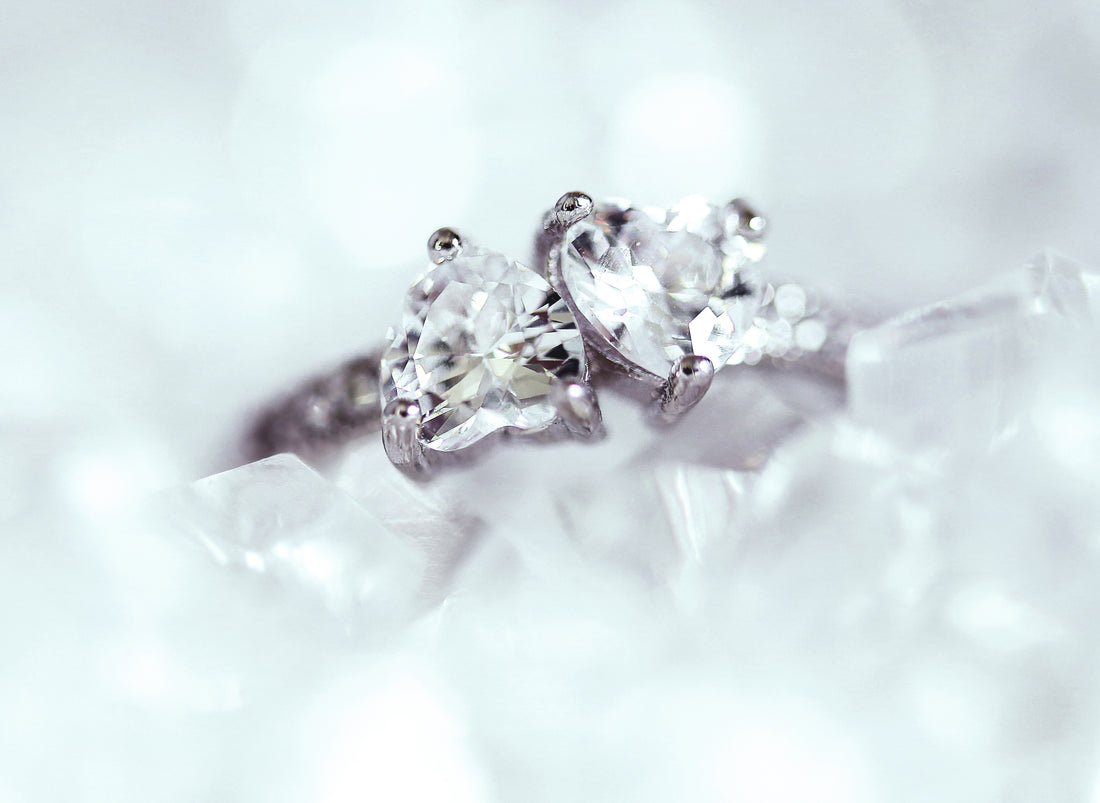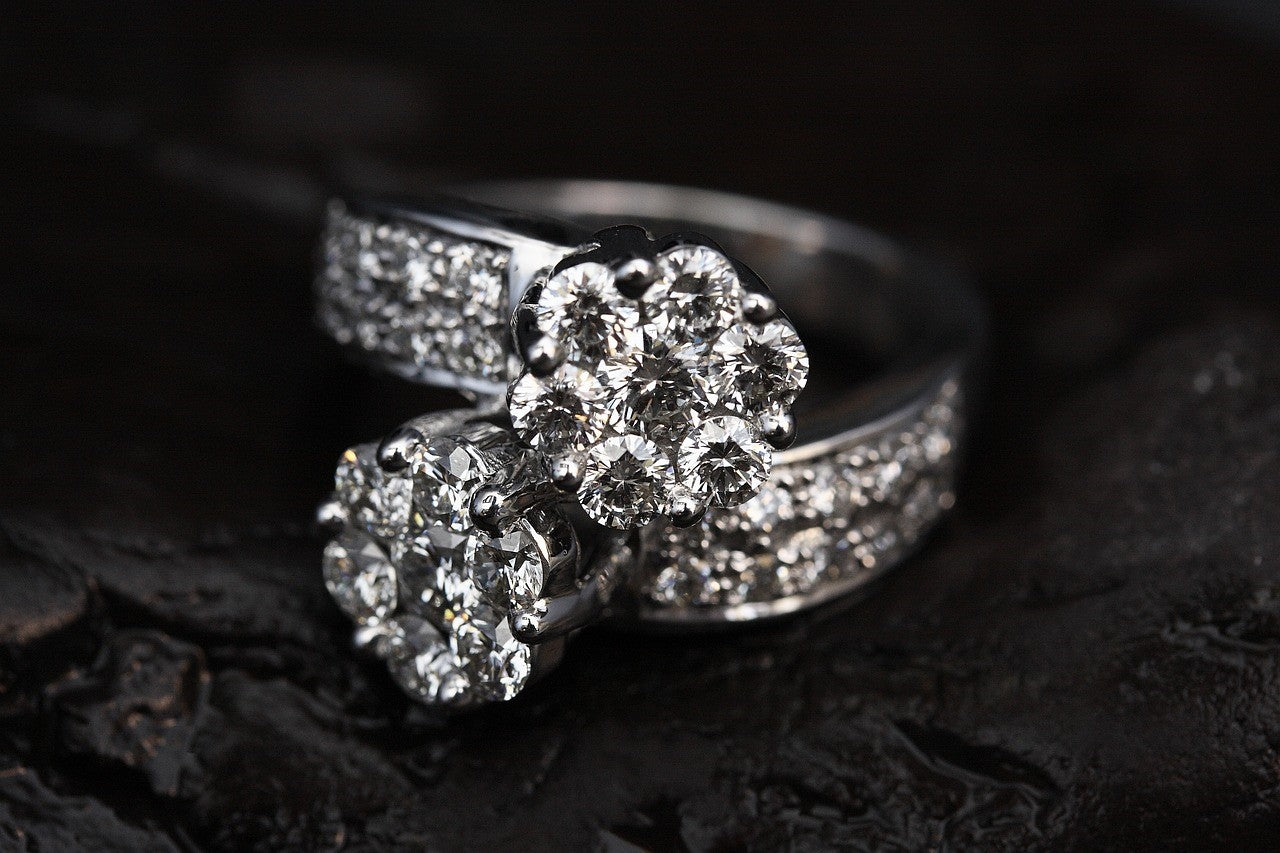In a world where sustainability and ethical sourcing are becoming increasingly significant, a new trend has been emerging in the diamond industry. Lab-grown diamonds, also known as synthetic or man-made diamonds, are gaining popularity, particularly among the younger generations. These diamonds are not mined but created in a laboratory setting, offering a more environmentally friendly and ethical alternative to traditional diamonds.
As an experienced gemologist and an avid observer of market trends, I've seen a fascinating shift in consumer preferences, with millennials and Generation Z leading the charge. This article will delve deep into the world of lab-grown diamonds, exploring their creation process, their comparison with mined diamonds, and why they are becoming the preferred choice for younger consumers.
What are Lab-Grown Diamonds?
Lab-grown diamonds are real diamonds created in a controlled laboratory environment. They possess the same physical, chemical, and optical properties as mined diamonds. Contrary to common misconceptions, lab-grown diamonds are not fake or artificial. They are genuine diamonds, made of carbon atoms arranged in the same crystal structure as natural diamonds.
The process of creating lab-grown diamonds involves replicating the natural diamond formation conditions. This process has been perfected over several decades, and today, it's possible to produce diamonds of exceptional quality in a lab.
Comparing Lab-Grown Diamonds and Mined Diamonds
When it comes to comparing lab-grown and mined diamonds, the primary difference lies in their origin. While mined diamonds are formed naturally over billions of years below the Earth's surface, lab-grown diamonds are created within weeks or months in a laboratory.
From a visual perspective, it's nearly impossible to tell the difference between the two types of diamonds. Both exhibit the same brilliance and fire, and only a trained gemologist with specialized equipment can distinguish between them.
In terms of quality, lab-grown diamonds can be created with fewer impurities and flaws than many mined diamonds. This is because the lab environment can be controlled to eliminate the presence of unwanted elements.
Why Millennials and Gen Z are Choosing Lab-Grown Diamonds
The shift towards lab-grown diamonds among millennials and Gen Z can be attributed to several factors. The most significant factor is the growing awareness and concern for environmental sustainability and ethical sourcing.
Younger consumers are becoming more conscious of the environmental damage caused by diamond mining. They are also increasingly concerned about the human rights abuses often associated with the mining industry. Lab-grown diamonds offer a guilt-free alternative, allowing consumers to enjoy the beauty of diamonds without the ethical dilemmas.
Furthermore, lab-grown diamonds are often more affordable than mined diamonds, making them an attractive option for younger consumers who are just starting their careers or are on a tighter budget.
Environmental Impact of Lab-Grown Diamonds
The production of lab-grown diamonds has a significantly lower environmental impact than traditional diamond mining. Mining diamonds require extensive land excavation, which disrupts ecosystems and leads to loss of biodiversity.
In contrast, producing lab-grown diamonds involves no such disruption. The process requires less energy and produces less carbon emissions than mining. It also doesn't contribute to soil erosion or water pollution.
The Cost of Lab-Grown Diamonds vs Mined Diamonds
On average, lab-grown diamonds cost 30% to 40% less than mined diamonds of the same size and quality. This price difference is primarily due to the lower production costs associated with lab-grown diamonds.
While the initial investment for setting up a lab for diamond production can be substantial, the ongoing costs are significantly lower than those associated with mining. In addition, lab-grown diamonds can be produced consistently and in large quantities, which helps to keep prices down.
Quality and Durability of Lab-Grown Diamonds
In terms of quality and durability, lab-grown diamonds are equal to mined diamonds. They share the same hardness, refractive index, and thermal conductivity. This means that a lab-grown diamond will last just as long and look just as beautiful as a mined diamond.
Furthermore, because the lab environment can be controlled, it's possible to create diamonds with fewer impurities and flaws than many mined diamonds. This results in lab-grown diamonds that are often of higher quality than their mined counterparts.
Market Trends: Lab-Grown Diamonds
The market for lab-grown diamonds has been growing steadily over the past decade. According to a report by the research firm Allied Market Research, the global lab-grown diamond market is expected to reach $27.6 billion by 2023, growing at a compound annual growth rate (CAGR) of 7.4% from 2017 to 2023.
This growth is driven by increasing consumer awareness about the environmental and ethical benefits of lab-grown diamonds, along with their lower cost compared to mined diamonds.
Conclusion: The Future of Lab-Grown Diamonds
Given the growing demand for lab-grown diamonds among younger consumers, it's clear that these man-made gems have a bright future ahead. As technology continues to improve, we can expect to see even higher quality lab-grown diamonds being produced at even more affordable prices.
The shift towards lab-grown diamonds is not just a passing trend. It's a reflection of the changing values of consumers, who are increasingly prioritizing sustainability and ethical sourcing. In the end, the rise of lab-grown diamonds is a win-win situation for both consumers and the planet.





















































































